Considering a new roof for your home? Metal roof installation is a fantastic choice that offers both durability and style.
Whether you’re replacing an existing roof or planning a new construction project, a metal roof provides numerous benefits that make it a popular option among homeowners.
In this article, we will explore the world of metal New roof installation, covering important topics such as installing over shingles, drip edge installation, flashing techniques, cost considerations, DIY options, and the overall installation process.
Types Of Metal Roof Installations
1. Installing Metal Roof Over Shingles
One of the advantages of metal roofing is its ability to be installed over existing shingles. We’ll delve into the process of preparing your roof for installation, including inspecting the shingles, assessing their condition, and ensuring proper ventilation.
With step-by-step instructions, you’ll learn how to install metal roofing over shingles correctly, saving time and money while still achieving a durable and aesthetically pleasing result.
2. Drip Edge Installation
Drip edge is a vital component of any metal roof installation. It plays a crucial role in protecting the roof’s edges, preventing water damage, and ensuring proper drainage.
We’ll explain what drip edge is, why it’s essential, and provide a step-by-step guide on how to install it correctly.
By understanding the importance of drip edge and mastering the installation process, you can safeguard your roof against potential leaks and prolong its lifespan.
3. DIY Metal Roof Installation
For the more adventurous homeowners, we’ll explore the possibility of DIY metal roof installation. We’ll provide an overview of the necessary tools, materials, and safety precautions required for a successful DIY project.
While professional installation is recommended for complex roof designs, understanding the basics of DIY metal roof installation can empower you to tackle smaller projects and potentially save on installation costs.
4. Metal Roof Flashing Installation:
Proper flashing installation is crucial for maintaining the integrity of your metal roof. We’ll explain the purpose of flashing, its different types, and where it should be installed to prevent water infiltration and potential leaks.
With our detailed instructions and tips, you’ll gain the knowledge needed to ensure a watertight seal and enhanced protection for your home.
5. Metal Roof Installation Price Considerations:
Understanding the cost factors associated with metal roof installation is essential for budget planning. We’ll discuss the key elements that influence the price, such as roof size, material selection, complexity of the design, and labor costs.
By familiarizing yourself with these considerations, you’ll be better prepared to estimate the overall cost of your metal roof installation project.
6. The Metal Roof Dormer Valley Installation:
Dormer valleys can pose unique challenges during metal roof installation. We’ll provide insights into the installation process for metal roofs in dormer valleys, including proper flashing techniques, valley underlayment, and potential pitfalls to avoid.
With our expert guidance, you’ll have the confidence to tackle dormer valley installations and achieve a seamless and visually appealing result.
The Metal Roof Installation Process
The process of metal roof installation involves several important steps to ensure a secure and long-lasting roof. Here is an overview of the typical metal roof installation process:
1. Planning and Preparation
Before starting the installation, thorough planning and preparation are essential. This includes assessing the existing roof condition (if applicable), measuring the roof area, and selecting the appropriate metal roofing material based on your preferences and budget.
It’s also important to acquire any necessary permits or approvals from local authorities.
2. Removal of Existing Roof (If Required)
If you’re replacing an existing roof, the first step is to remove the old roofing material. This may involve removing shingles, tiles, or any other existing roofing material.
It’s crucial to inspect the roof deck for any signs of damage and make necessary repairs before proceeding.
3. Installation of Underlayment
To provide an additional layer of protection, an underlayment is installed over the roof deck. This acts as a moisture barrier, helping to prevent water infiltration and improve the overall weather resistance of the roof.
Common underlayment materials include synthetic underlayment or traditional roofing felt.
4. Flashing Installation
Next, metal roof flashing is installed around roof penetrations such as chimneys, vents, skylights, and dormers. Flashing prevents water from seeping into vulnerable areas and ensures a watertight seal.
Properly installed flashing is crucial for preventing leaks and maintaining the integrity of the roof.
5. Installing Metal Roof Panels
Once the underlayment and flashing are in place, it’s time to install the metal roof panels. Panels are typically installed from the bottom up, starting at the eaves and working towards the ridge.
Each panel is fastened securely to the roof deck using appropriate screws or clips as specified by the manufacturer.
It’s important to follow the manufacturer’s instructions regarding panel overlap, fastening methods, and any additional requirements specific to the chosen metal roofing system.
6. Metal Roof Cap Installation
The ridge cap is the finishing touch of a metal roof installation. It covers the peak of the roof and provides additional protection against water intrusion.
Ridge caps are specifically designed to fit the profile of the metal roof panels and are secured in place using screws or other recommended fasteners.
7. Final Inspections and Clean-up
Once the metal roof installation is complete, a thorough inspection is conducted to ensure all panels, flashing, and ridge caps are properly installed and sealed.
Any necessary adjustments or touch-ups are made to ensure the roof is secure and visually appealing. Finally, the job site is cleaned up, and any debris or waste materials are removed.
Conclusion
Metal roof installation is a smart choice for homeowners seeking a durable, long-lasting, and visually appealing roofing solution. Throughout this comprehensive guide, we have explored various aspects of metal roof installation, including installing over shingles, drip edge installation, flashing installation, price considerations, DIY options, and the overall installation process.
By understanding these key elements and following the proper techniques, you can ensure a successful metal roof installation that enhances the protection, energy efficiency, and aesthetic value of your home.
If you’re considering a metal roof installation, it’s crucial to entrust the project to a qualified and experienced roofing professional. That’s where Mr. Roofer comes in. With years of expertise in the roofing industry, Mr. Roofer is a trusted name when it comes to metal roof installations. Our team of skilled and certified roofers has a deep understanding of the complexities involved in metal roof installations and is equipped with the right tools and techniques to deliver outstanding results.
About Mr. Roofer
At Mr. Roofer, we take pride in our commitment to excellence, quality craftsmanship, and customer satisfaction. We prioritize open communication, ensuring that we understand your unique needs and preferences.
Our experts will conduct a thorough inspection of your roof, provide accurate cost estimates, and guide you through the entire installation process, from material selection to the final touches.
By choosing Mr. Roofer for your metal roof installation, you can have peace of mind knowing that your home is in capable hands. We are dedicated to exceeding your expectations and delivering a metal roof that not only protects your home but also adds value and beauty to it.
Don’t settle for anything less than the best. Contact Mr. Roofer today and let us transform your home with a high-quality metal roof that will stand the test of time. Experience the professionalism, expertise, and exceptional service that have made us a trusted name in the roofing industry.
How long does the metal roof installation process typically take?
The duration of metal roof installation can vary depending on factors such as the size and complexity of the roof, weather conditions, and the efficiency of the installation team. Generally, it can take anywhere from a few days to a couple of weeks to complete the installation.
What factors determine the cost of metal roof installation?
Several factors influence the cost of metal roof installation, including the size of the roof, the type and quality of metal roofing material chosen, the complexity of the roof design, and the labor costs in your area. It is recommended to obtain quotes from reputable roofing contractors to get an accurate estimate for your specific project.
How is metal roof flashing installed?
Metal roof flashing is installed around roof penetrations, such as chimneys, vents, and skylights, to prevent water infiltration. The installation process involves properly sealing and securing the flashing to create a watertight barrier. It is crucial to ensure correct installation to maintain the integrity of the roof.
Can I install a metal roof myself?
While DIY metal roof installation is possible for those with experience in roofing and construction, it is generally recommended to hire a professional roofer. Metal roof installation requires specialized skills, knowledge of proper techniques, and safety precautions. A professional can ensure proper installation, minimizing the risk of leaks or other issues.
What is the purpose of drip edge in metal roof installation?
Drip edge is an important component of metal roof installation. It helps to direct water away from the roof edges, preventing water damage and improving drainage. Drip edge also provides a neat, finished look to the roof edges.
Can a metal roof be installed over existing shingles?
Yes, in many cases, a metal roof can be installed over existing shingles. However, it is essential to ensure that the shingles are in good condition and that the roof structure can support the added weight of the metal roof. Consulting with a professional roofer is recommended to assess the suitability of your specific roof.

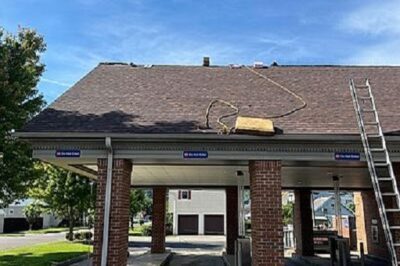
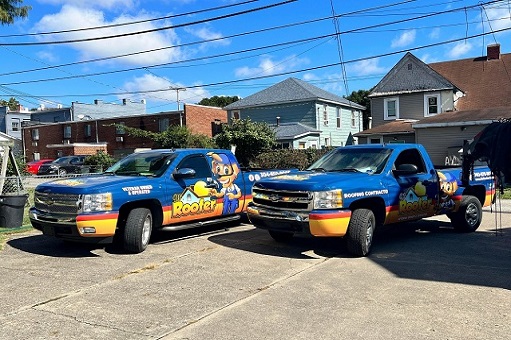
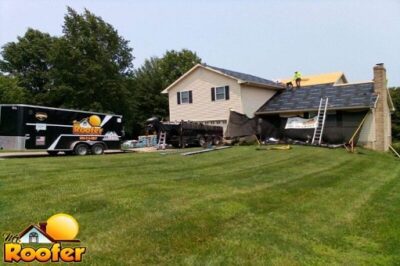
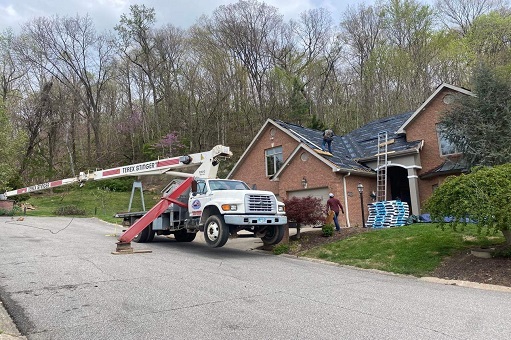
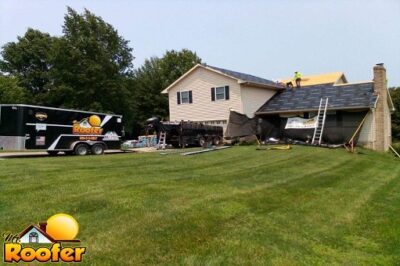
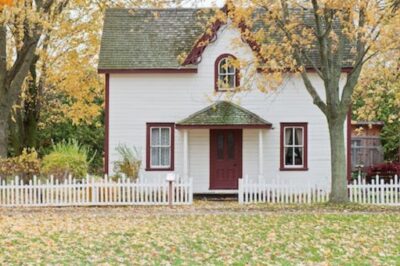
0 Comments